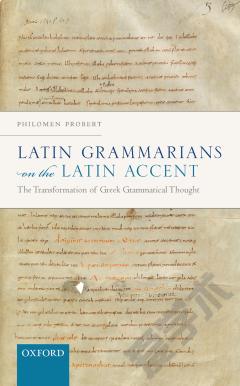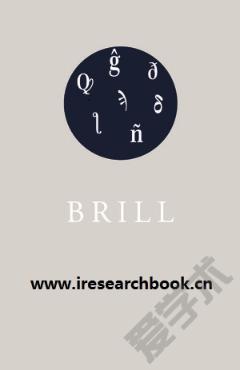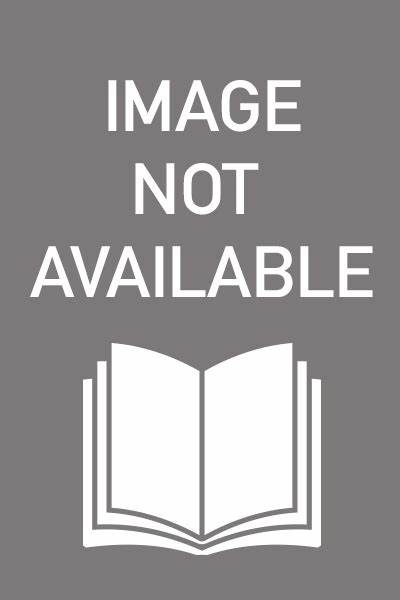"Artes Grammaticae" in frammenti —— I testi grammaticali latini e bilingui greco-latini su papiro. Edizione commentata
----- 片段中的“语法艺术”:纸莎草纸上的拉丁文和双语希腊文-拉丁文语法文本. 评论版
Making a corpus of Latin grammatical papyri is not simply a contribution to Latin Papyrology, but especially a decisive element for our knowledge of ‘manuals’ in schools in the Eastern Roman Empire, their linguistic theories and the way in which they used to ‘write’ Grammar. A diachronical and diatopical analysis, in parallel with the known (Tèchnai and the) Late Antiquity’s Artes, will support a new step while making a corpus of Grammaticae Romanae Fragmenta. In 1979, Alfons Wouters published a corpus containing twentyfive grammatical papyri. Only one was Latin, the P.Lit.Lond. 184 (Brit. Libr. inv. 2723) + P.Mich. VII 429, which contains an Ars concerning the parts of speech and other grammatical themes, written on the verso of a military document (II a.D.). Today, after more than thirty years, new documents can be added to Wouters’ corpus, and the book inglobes all of them. Artes Grammaticae in frammenti collects and scrutinizes all the known Latin and bilingual (Greek-Latin and Latin-Greek) grammatical texts on papyrus in order to add further tesserae in the mosaic of our knowledge of forms, practices and circulation of Latin grammar and Roman education.
{{comment.content}}








 京公网安备 11010802027623号
京公网安备 11010802027623号